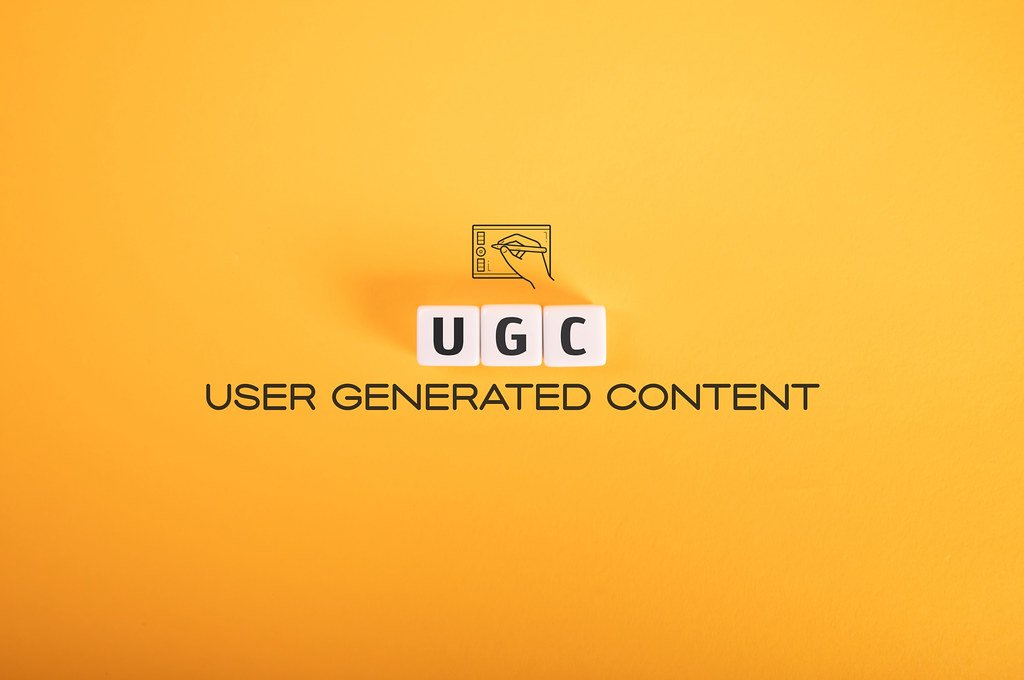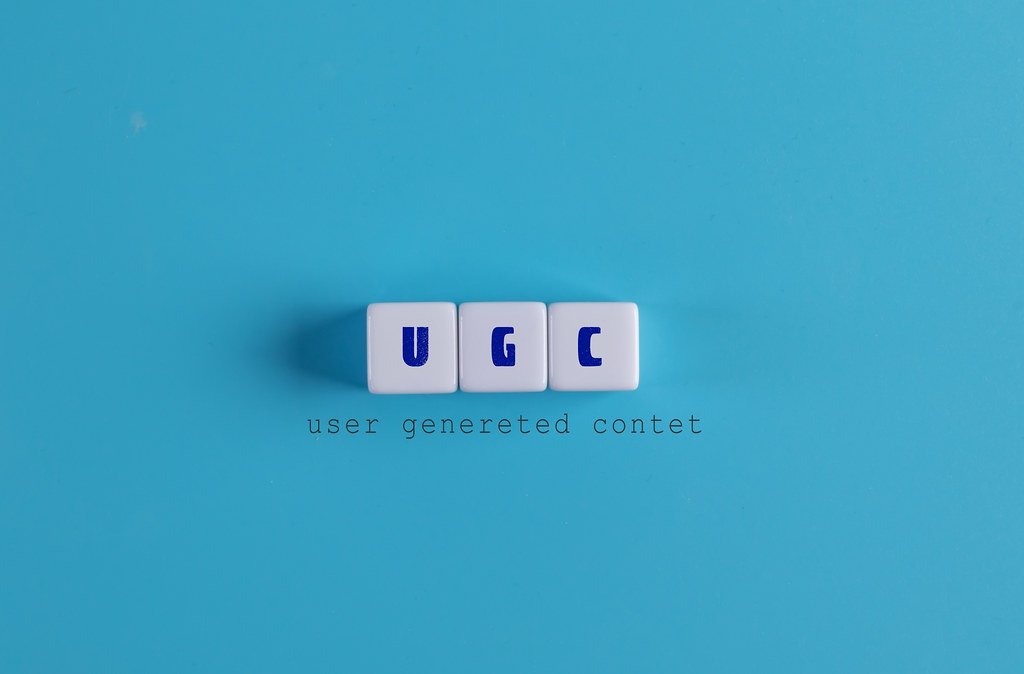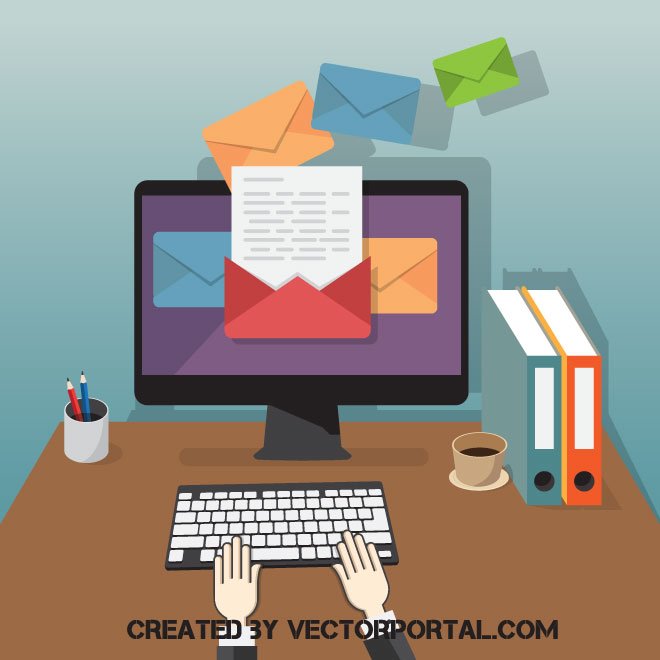Unleashing the power of user-generated content, email marketing has embarked on a remarkable evolution journey. In a digital era where countless voices have the ability to shape brands, this powerful marketing approach has seamlessly intertwined the creativity and authenticity of individuals with the strategic objectives of businesses. As marketing tactics continue to evolve, the integration of user-generated content within emails has emerged as a game-changer, amplifying the reach, impact, and resonance of your marketing efforts. In this article, we delve into the dynamic world of email evolution, exploring how the infusion of user-generated content has transformed the marketing landscape, paving the way for unparalleled engagement, trust-building, and brand loyalty. Come aboard as we embark on this thrilling journey of harnessing the untapped potential of user-generated content within email marketing; a tale filled with innovation, creativity, and most importantly, resonating with the hearts and minds of your audience like never before. 

The power of user-generated content (UGC) has revolutionized email marketing, seamlessly merging traditional campaigns with the authenticity and social connectivity that users crave. By integrating UGC into email strategies, marketers are able to tap into the immense potential of social engagement, transforming their campaigns into memorable and interactive experiences. Picture this: a clothing brand curates a monthly newsletter showcasing real customers wearing their latest collection, accompanied by heartwarming stories about their individual style journeys. This approach not only captivates readers with relatable content, but it also amplifies customer loyalty and trust, as they become an active part of the brand’s narrative.rn rnrnHarnessing the authenticity of UGC is a game-changer when it comes to email campaigns. Gone are the days of glossy stock images and impersonal messaging. With UGC, marketers can leverage the power of real people sharing their experiences with a brand, proving its value and appeal. Including UGC in emails adds a touch of relatability and social proof, increasing conversions and click-through rates. Users not only engage with UGC because it resonates with their own experiences, but they are also more likely to share this content with their social circles. This organic form of promotion not only expands the brand’s reach but also generates new leads from trusted sources. By incorporating UGC, email marketing transcends traditional boundaries, turning email campaigns into immersive and shareable experiences. rnrnCrafting compelling calls-to-action (CTAs) is another vital component in maximizing user engagement in email marketing. A well-crafted CTA serves as a beacon, guiding users towards the desired action. By adopting a user-centric approach, email marketers can create CTAs that resonate with their audience and compel them to take the next step. Personalization is key here, as tailored CTAs based on a user’s browsing history or previous interactions can significantly boost engagement. Another effective technique is to create a sense of urgency through time-limited offers or exclusive deals. Including vivid and attention-grabbing visuals alongside the CTA text can further enhance its impact. And always, don’t forget the power of social proof – including positive testimonials or user reviews near the CTA can drive trust and encourage users to convert.rnrn
rnrnHarnessing the authenticity of UGC is a game-changer when it comes to email campaigns. Gone are the days of glossy stock images and impersonal messaging. With UGC, marketers can leverage the power of real people sharing their experiences with a brand, proving its value and appeal. Including UGC in emails adds a touch of relatability and social proof, increasing conversions and click-through rates. Users not only engage with UGC because it resonates with their own experiences, but they are also more likely to share this content with their social circles. This organic form of promotion not only expands the brand’s reach but also generates new leads from trusted sources. By incorporating UGC, email marketing transcends traditional boundaries, turning email campaigns into immersive and shareable experiences. rnrnCrafting compelling calls-to-action (CTAs) is another vital component in maximizing user engagement in email marketing. A well-crafted CTA serves as a beacon, guiding users towards the desired action. By adopting a user-centric approach, email marketers can create CTAs that resonate with their audience and compel them to take the next step. Personalization is key here, as tailored CTAs based on a user’s browsing history or previous interactions can significantly boost engagement. Another effective technique is to create a sense of urgency through time-limited offers or exclusive deals. Including vivid and attention-grabbing visuals alongside the CTA text can further enhance its impact. And always, don’t forget the power of social proof – including positive testimonials or user reviews near the CTA can drive trust and encourage users to convert.rnrn rnNurturing customer loyalty is at the forefront of any successful email marketing strategy, and leveraging user-generated content is a powerful method to achieve this. When customers see themselves featured in email campaigns, it creates a sense of pride and belonging. By actively involving customers in the brand’s narrative, they become more ingrained in the community, solidifying their loyalty. Additionally, incorporating UGC into loyalty programs or exclusive offers can incentivize customers to continue engaging and sharing their experiences. Whether it’s featuring customer testimonials, showcasing user-generated product reviews, or highlighting customer success stories, UGC fuels the emotional connection between a brand and its customers, fostering long-term relationships that extend beyond a single purchase. Email marketing becomes a platform for ongoing conversation and collaboration, nurturing customer loyalty in an ever-evolving digital landscape.
rnNurturing customer loyalty is at the forefront of any successful email marketing strategy, and leveraging user-generated content is a powerful method to achieve this. When customers see themselves featured in email campaigns, it creates a sense of pride and belonging. By actively involving customers in the brand’s narrative, they become more ingrained in the community, solidifying their loyalty. Additionally, incorporating UGC into loyalty programs or exclusive offers can incentivize customers to continue engaging and sharing their experiences. Whether it’s featuring customer testimonials, showcasing user-generated product reviews, or highlighting customer success stories, UGC fuels the emotional connection between a brand and its customers, fostering long-term relationships that extend beyond a single purchase. Email marketing becomes a platform for ongoing conversation and collaboration, nurturing customer loyalty in an ever-evolving digital landscape.
Q&A
Q: What is the impact of user-generated content on email marketing?
A: User-generated content has revolutionized email marketing by providing a powerful avenue for amplification. It allows marketers to harness the voices and experiences of real customers, creating an authentic connection with their audience.
Q: How does user-generated content in emails boost engagement?
A: By incorporating user-generated content in emails, marketers can tap into the power of social proof. Sharing reviews, testimonials, or photos from satisfied customers generates trust and encourages recipients to actively engage with the email.
Q: What are some creative ways to leverage user-generated content in email campaigns?
A: One creative approach is to feature customer-generated photos or videos showcasing their experiences with the product or service. Another idea is to create a section highlighting customer reviews and testimonials, giving potential customers real-life perspectives on the brand.
Q: How can marketers incentivize customers to generate content for their email campaigns?
A: Offering incentives like discounts, exclusive access, or the chance to be featured prominently in marketing material can motivate customers to contribute user-generated content. This exchange creates a sense of community and gratitude, fostering long-term customer loyalty.
Q: Does user-generated content improve email deliverability and open rates?
A: Yes, user-generated content can significantly impact deliverability and open rates. Email service providers recognize customer-generated content as authentic, leading to increased deliverability. Additionally, recipients are more likely to open emails featuring content from real customers, boosting open rates.
Q: What data insights can be gathered from user-generated content in email campaigns?
A: User-generated content provides valuable insights into customer preferences, behaviors, and sentiments. Analyzing the content that resonates with the audience allows marketers to personalize their campaigns and tailor future messaging accordingly.
Q: How does user-generated content foster brand loyalty?
A: Including user-generated content in email campaigns showcases a brand’s dedication to listening and valuing its customers. By involving them in the marketing process, customers feel appreciated, leading to enhanced loyalty and advocacy for the brand.
Q: Are there any considerations to keep in mind when incorporating user-generated content in emails?
A: Marketers should ensure that all user-generated content aligns with their brand image and values. Moderating the content can help maintain a consistent and high-quality standard. Also, obtaining proper permissions and usage rights before featuring customer content is crucial to avoid any legal issues.
Q: What are the potential challenges of implementing user-generated content in email marketing?
A: One challenge can be obtaining a sufficient amount of user-generated content. Encouraging customers to contribute requires a well-designed strategy and ongoing engagement efforts. Additionally, managing and organizing user-generated content effectively demands a robust infrastructure and resource allocation.
Q: Can user-generated content be utilized across different industries and business sizes?
A: Absolutely! User-generated content is a versatile marketing tool applicable to various industries and business sizes. Whether it’s an e-commerce platform, a nonprofit organization, or a local business, incorporating user-generated content in email campaigns can boost engagement and amplify marketing efforts. And so, as we reach the end of our journey through the realms of email marketing and user-generated content, we are left in awe of the incredible evolution that has taken place. From its humble beginnings as a simple means of communication, email has now transformed into a powerful tool for amplifying marketing efforts.
We have witnessed how the power of user-generated content can breathe life into a marketing campaign, allowing brands to connect with their audience on a deeper and more personal level. Through testimonials, reviews, and social media interactions, consumers have become active participants in the storytelling process, driving engagement and authenticity to new heights.
Gone are the days of one-sided communication, where marketers simply broadcast their message to a passive audience. With the rise of user-generated content, brands have discovered the true magic lies in collaboration and co-creation. By giving consumers a platform to share their experiences and opinions, marketers can tap into a wealth of valuable insights and create a sense of belonging within their brand community.
But it doesn’t stop there. The evolution continues, as technological advancements and innovation push the boundaries of what is possible. From AI-powered personalization to interactive email experiences, the future holds endless possibilities for email marketing. Brands have the opportunity to deepen their connection with consumers, deliver tailor-made experiences, and build lasting relationships that go beyond the boundaries of a single campaign.
As we bid farewell to this exploration of email evolution, let us embrace the ever-changing landscape of marketing. Let us seize the opportunity to harness the power of user-generated content and unlock the true potential of email as a dynamic marketing channel.
In this era of constant innovation, one thing remains certain: the journey ahead will be filled with exciting discoveries and transformative experiences. So, dear readers, embrace the evolution, and may your emails resonate with the voices of your customers, echoing with authenticity and building a vibrant community that will shape the future of marketing.

